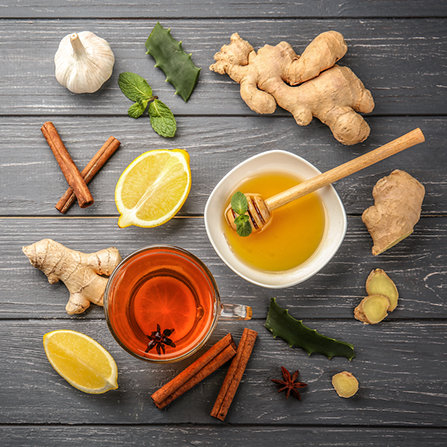How to Relieve Pain and Not Get Addicted to Painkillers

According to research, approximately one-hundred million Americans suffer from some form of regular, recurring pain problem. That is almost one-third of the entire population of the United States. While the number of Americans who suffer from pain has not changed much since the late 1990s, our method of addressing pain has changed much since then. In the last twenty years, we have become a country that “solves” pain by using opioid pharmaceutical pain reliever drugs. This is unfortunate when there exist many alternative methods of pain relief that would serve us better.
We use opioid painkiller drugs to remediate various symptoms of pain, carelessly popping painkillers with no thought for the addiction potential that these drugs have. As a result, we are now a nation that comprises five percent of the world population yet which consumes eighty percent of the world’s supply of pharmaceuticals every year. This has resulted in more than twelve million Americans addicted to opioid painkillers and more than five-hundred thousand who have died from such “miracle medicines” since the turn of the century.
Perhaps the saddest aspect of all is that opioid painkiller drugs are highly unnecessary in the vast majority of cases that they are prescribed for. The top three reasons why doctors prescribe painkillers are back pain, jaw pain, and headaches. Yet most opioid painkillers are not even meant to treat such ailments.
Alternative Methods of Pain Relief

Now that so many people have fallen prey to prescription drug addiction, it becomes clear that we need to approach alternative, natural, holistic methods of pain relief. Thankfully, such methods of pain relief do exist. A few of them are:
- Ginger. Ginger is a powerful, all-natural, anti-inflammatory substance. It is even more effective than pain relief drugs like ibuprofen, Tylenol, or Advil. Ginger even goes an extra mile too by blocking the formation of inflammatory compounds from forming while also providing necessary antioxidants.
- Turmeric. A delicious curry spice that goes great with most foods also happens to possess anti-inflammatory and anti-cancer properties. Turmeric improves circulation, prevents blood clotting, and lowers enzyme levels that cause inflammation in the first place.
- Capsaicin. For those who like a little spice, Capsaicin, derived from chili peppers, is another remedy that reduces nerve, muscle, and joint pain. This remedy naturally stops pain transmission signals to the brain and can be taken either as a supplement or topically in a gel or cream form.
- Valerian Root. Valerian root is another excellent, natural remedy. Valerian Root is also called “Nature’s Tranquilizer” because of the many health benefits that it has. This root can relieve insomnia, stress, anxiety, depression, tension, irritability, nerves, and pain. It relieves pain by reducing nerve sensitivity. The root is best consumed in a tea form.
- Magnesium. Even medical doctors know about this one. One cannot go wrong with magnesium. A naturally occurring element and modified into supplement form, magnesium does wonders for relieving migraines and muscle spasms. Magnesium can be found naturally in sunflower seeds and pumpkin seeds.
No one should have to take opioid painkillers unless they are in a hospital or are in recovery from a serious surgery or major accident. Yes, there are very certain, very specific cases where opioid painkiller medicines are appropriate, but they are highly overused in society. In the vast majority of cases, patients could easily get relief with one or more of the above natural remedies or some other natural approach.
Opioid painkillers generally cause more damage than they cause relief. Patients should steer clear of them as much as possible, and doctors should only prescribe them when absolutely necessary.
Sources:


 ®
®